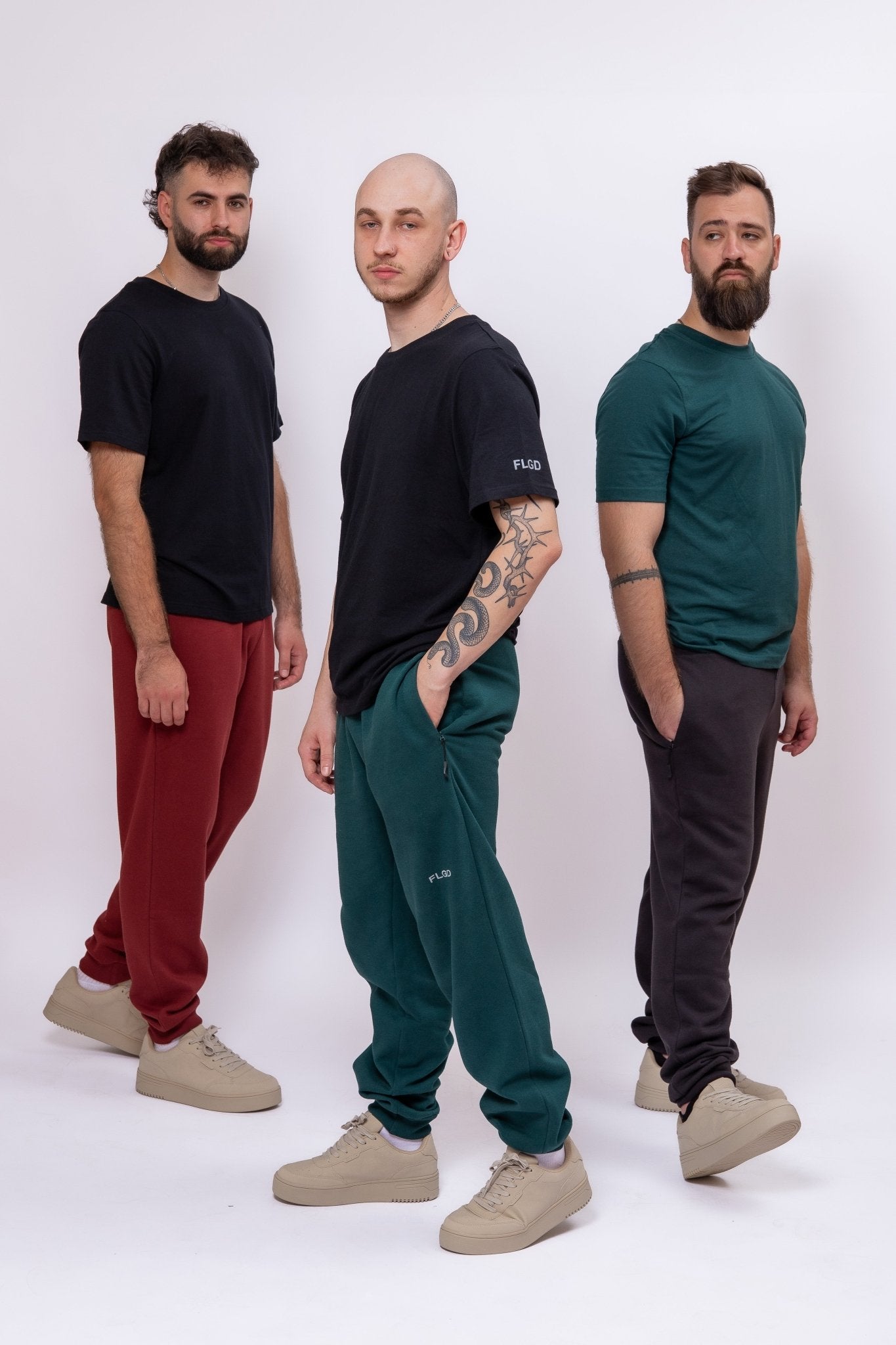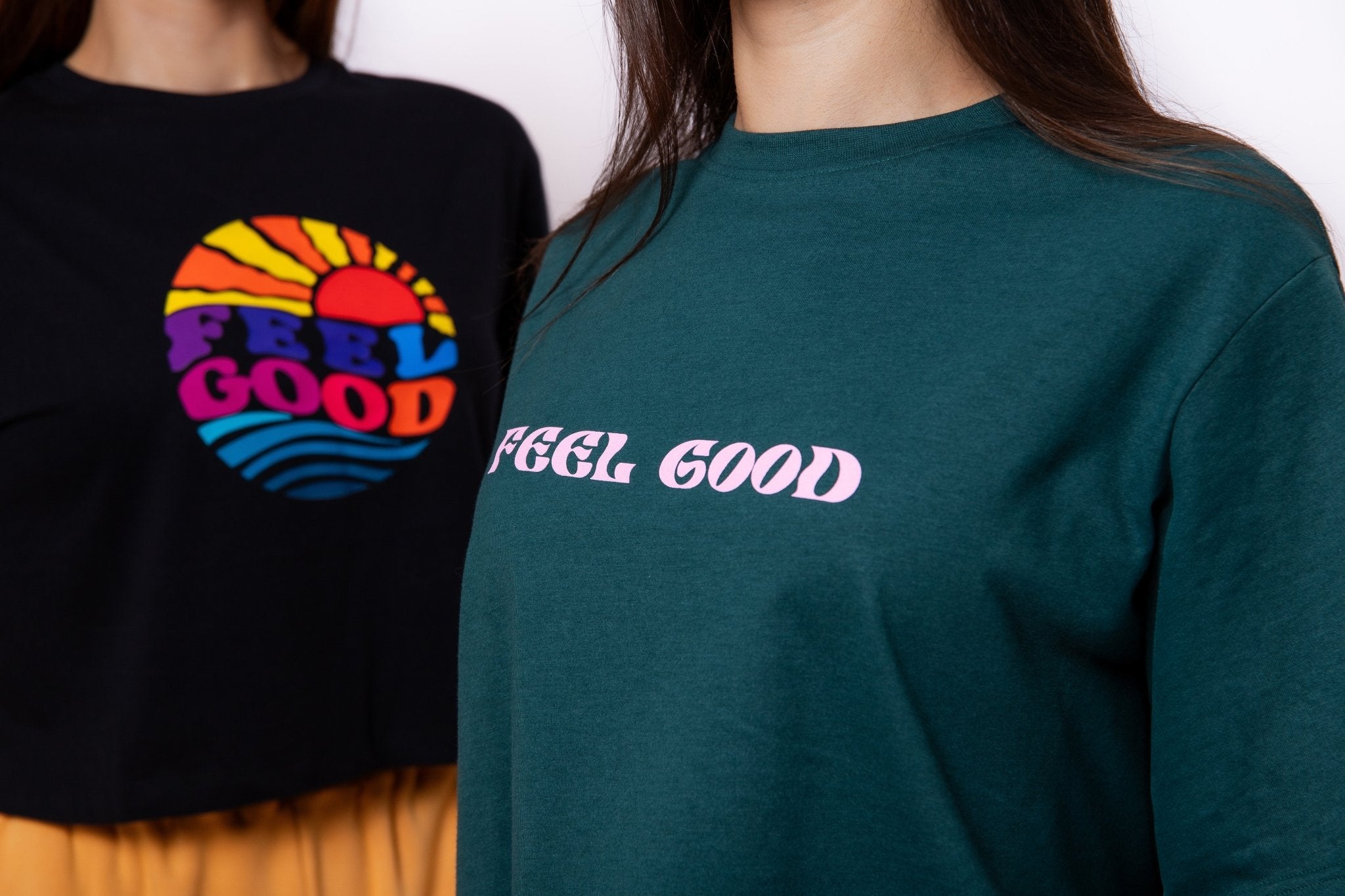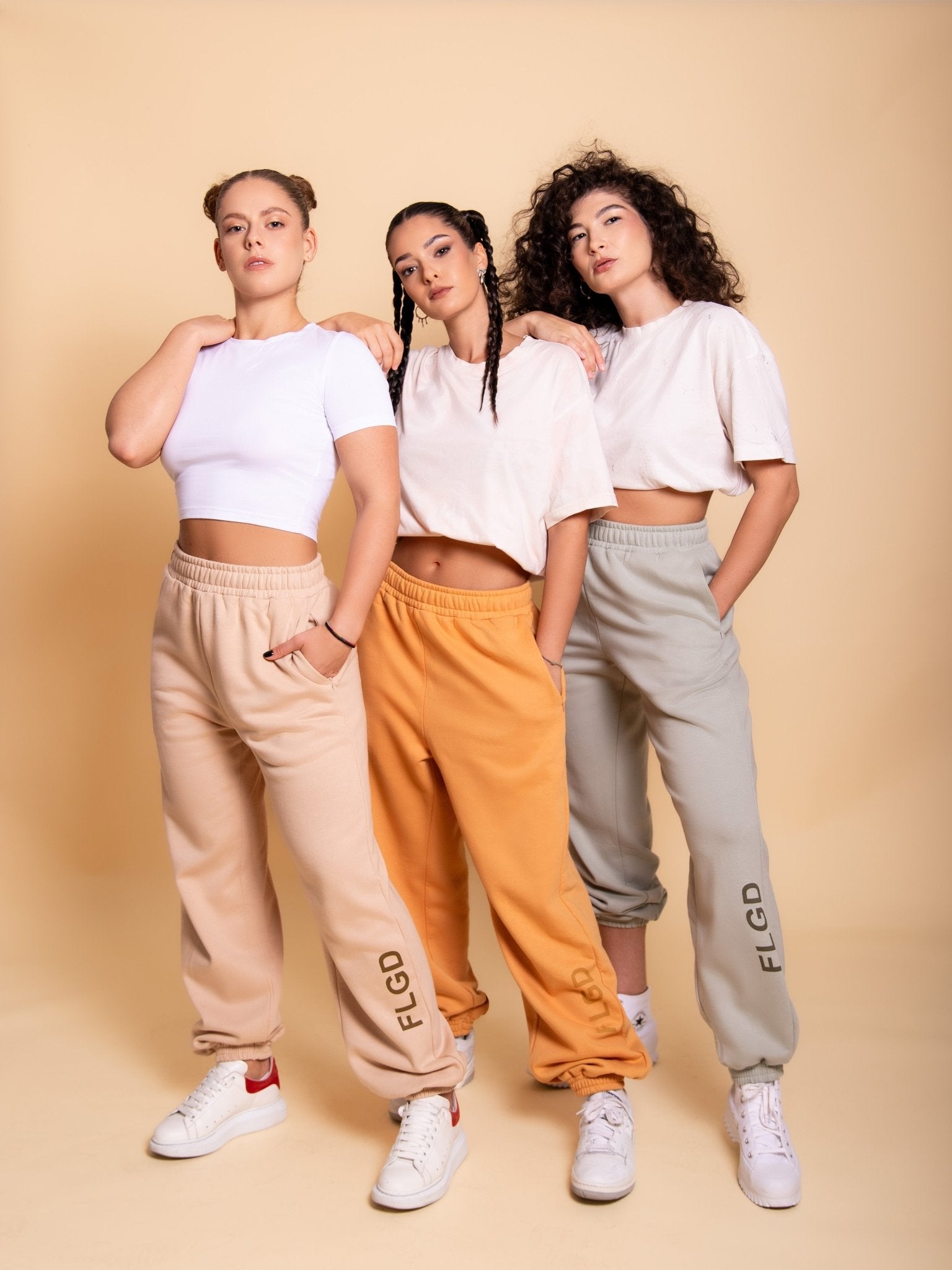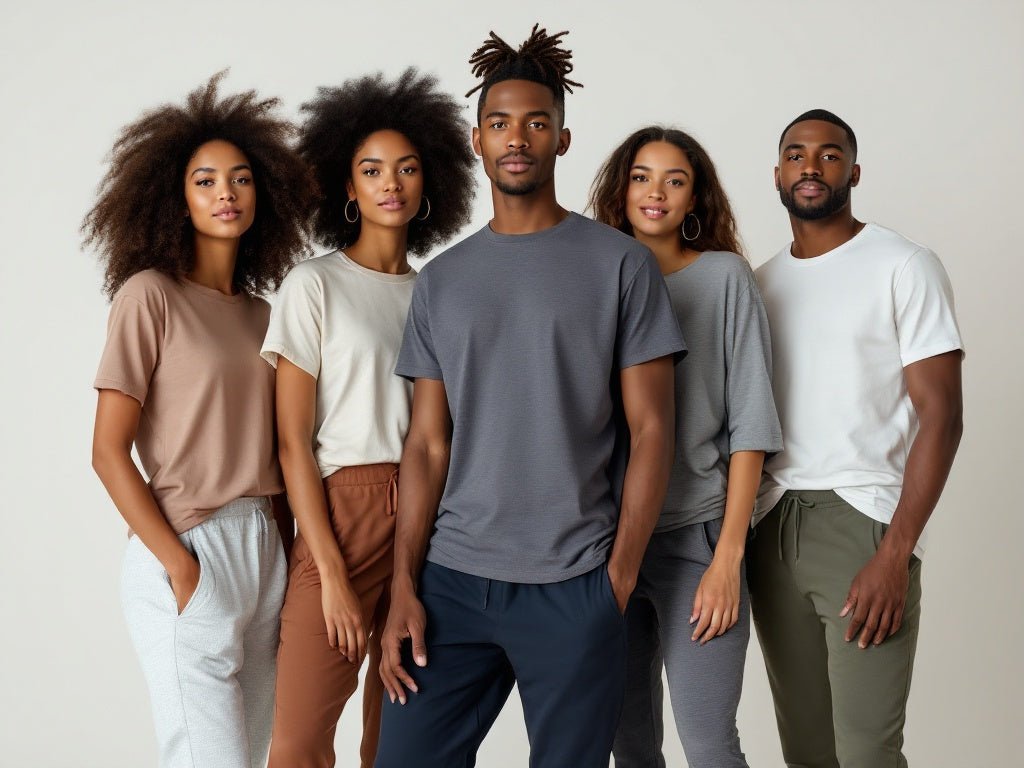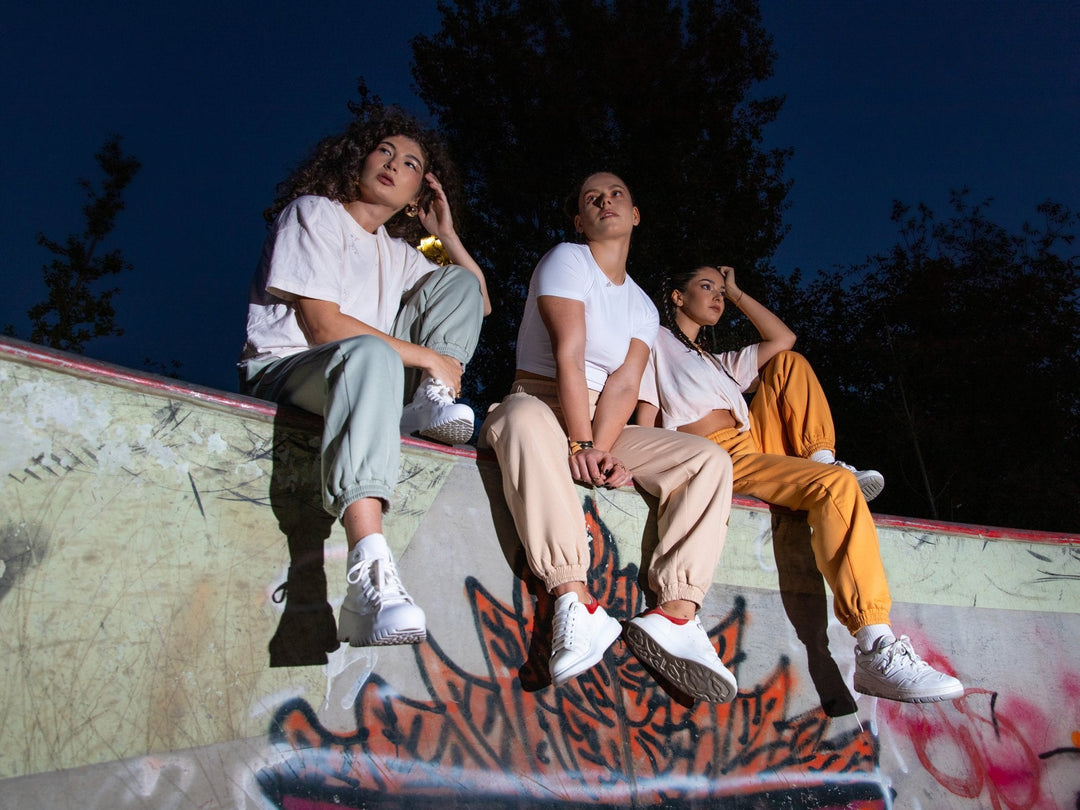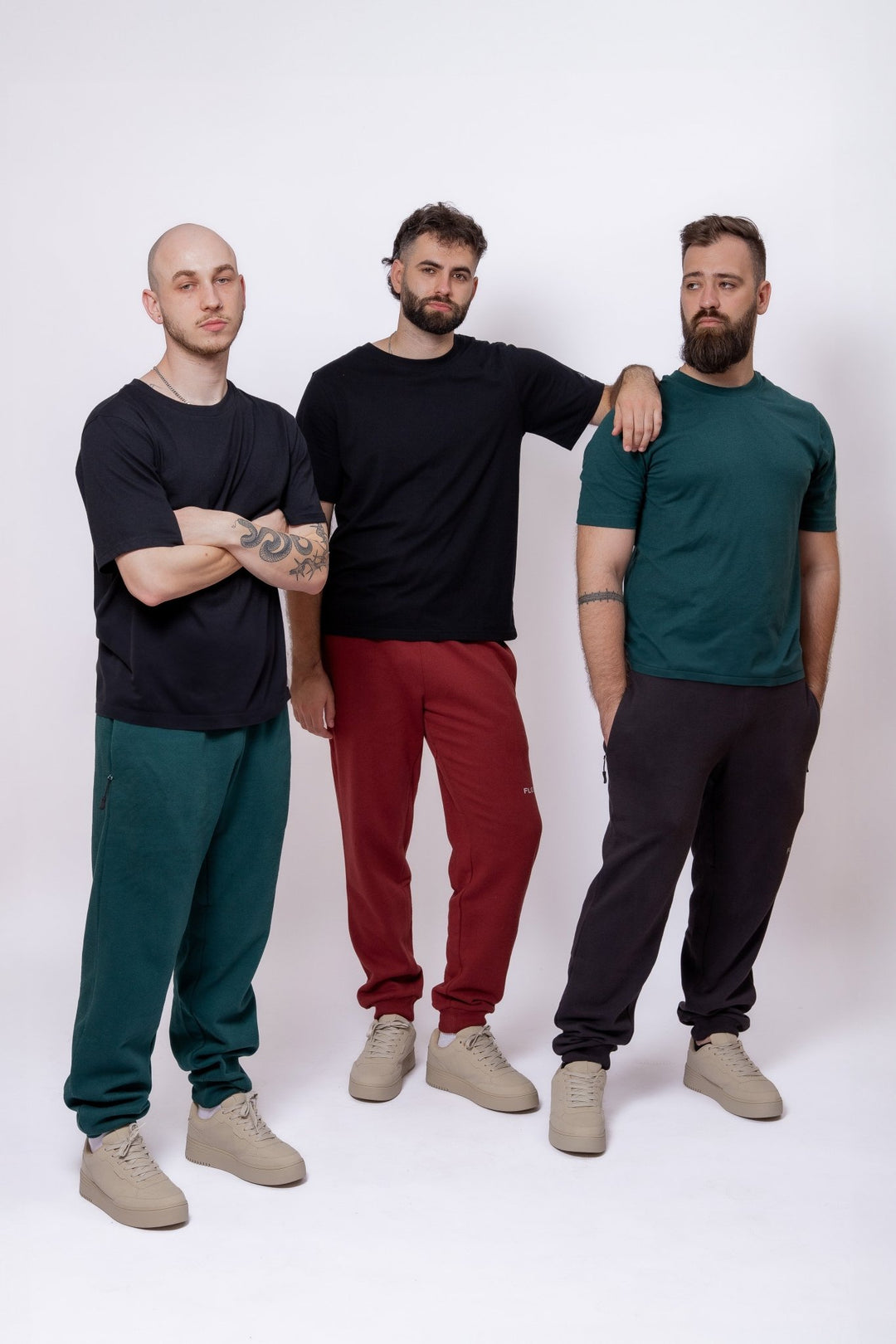The Rise of Unisex Fashion: Why It’s More Than Just a Trend
Fashion has always been a reflection of societal changes, and in recent years, one of the most significant shifts has been the rise of unisex fashion. What started as a niche movement is now a major force in the industry, challenging traditional gender norms and offering a more inclusive approach to style. But unisex fashion is more than just a passing trend—it’s a reflection of broader cultural shifts and a step toward a more sustainable and inclusive future.
Breaking Down Gender Barriers
For decades, fashion has been rigidly divided into men’s and women’s categories, with each adhering to strict rules about what is considered appropriate for each gender. Unisex fashion challenges these conventions by creating clothing that transcends gender boundaries. These designs focus on comfort, functionality, and style, appealing to anyone regardless of gender. By blurring the lines between “men’s” and “women’s” clothing, unisex fashion promotes the idea that style is personal and should not be confined by societal expectations.
A More Inclusive Approach to Fashion
Unisex fashion is inherently inclusive, offering styles that can be worn by anyone, regardless of their gender identity. This inclusivity reflects a growing recognition of non-binary and gender-fluid identities in society. For many, unisex fashion provides a sense of freedom and self-expression, allowing individuals to choose clothing that resonates with their personal style rather than fitting into a predefined category. This shift towards inclusivity is also influencing how brands approach design and marketing, leading to more diverse and representative fashion campaigns.
Sustainability at Its Core
One of the most compelling aspects of unisex fashion is its alignment with sustainability. By creating pieces that can be worn by anyone, brands reduce the need for separate lines for men and women, leading to less waste and more efficient production processes. Unisex clothing often features minimalist designs and neutral colors, making them versatile and timeless—key components of a sustainable wardrobe. As more consumers become aware of the environmental impact of fashion, the demand for versatile, long-lasting clothing like unisex fashion continues to grow.
The Influence of Streetwear and Minimalism
The rise of unisex fashion has been heavily influenced by streetwear and minimalist fashion movements. Streetwear, with its roots in urban culture, has always embraced a more fluid approach to gender, favoring oversized silhouettes and casual styles that appeal to all genders. Minimalism, with its focus on simplicity and functionality, naturally lends itself to unisex designs. These movements have helped propel unisex fashion into the mainstream, making it a staple in modern wardrobes.
Why Unisex Fashion Is Here to Stay
Unisex fashion is not just a fleeting trend—it’s a response to cultural and social changes that are redefining how we view gender and self-expression. As society continues to evolve towards greater acceptance and inclusivity, unisex fashion will likely become even more prevalent. For consumers, this means more options, greater freedom in personal style, and a move towards a more sustainable fashion industry.
The rise of unisex fashion represents a significant shift in the way we think about clothing. It challenges traditional norms, promotes inclusivity, and aligns with sustainable practices—all while offering stylish, versatile options for everyone. As we move forward, unisex fashion is poised to play a crucial role in the future of the industry, shaping a more inclusive and environmentally conscious world.
Ready to explore unisex fashion? Discover our Essential Unisex Jogger and other versatile pieces in our collection that are designed for everyone. Join us in embracing a more inclusive and sustainable approach to style.
Related Posts You Might Enjoy:
• 5 Ways to Incorporate Sustainability into Your Everyday Style
• How to Build a Capsule Wardrobe: Essentials for a Sustainable Closet

